Differences in flavor and taste between Sidamo and Yejasuffi coffee beans characteristics and stories of Yegashifi coffee beans
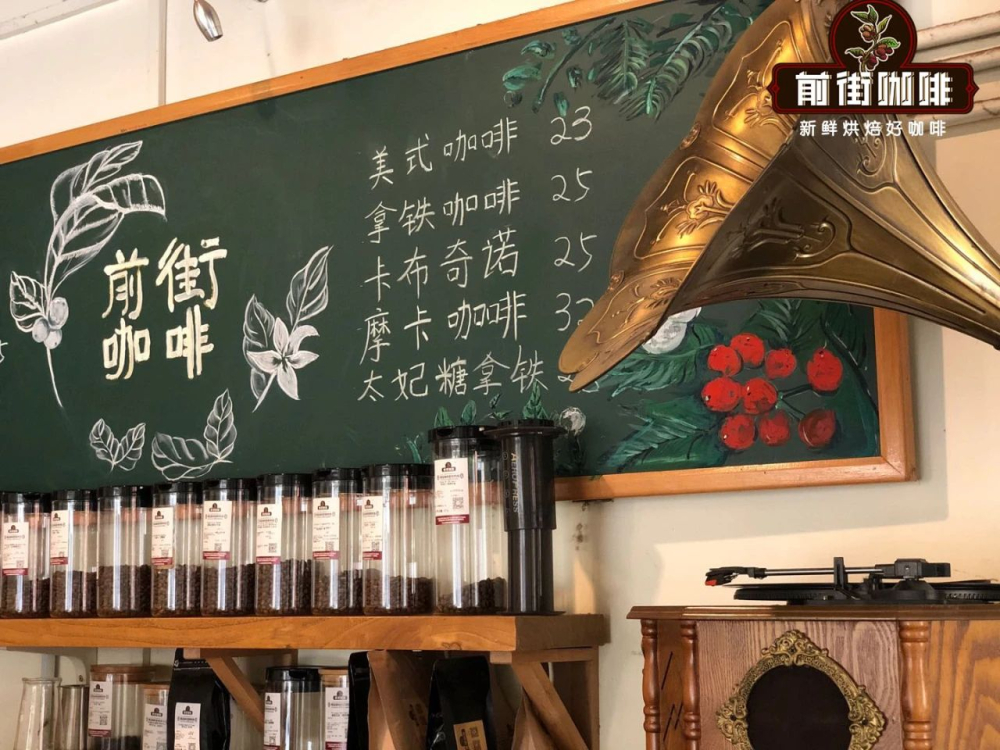
Professional coffee knowledge exchange more coffee bean information please follow the coffee workshop (Wechat official account cafe_style)
Ethiopia, as the hometown of coffee, is a country with a large number of wild coffee tree varieties. The Sidamo producing area is one of the important coffee producing areas in Ethiopia, and the coffee flavor in the Sidamo area is very diverse. Due to abundant rainfall, fertile soil, ideal climatic conditions, and post-processed coffee beans, showing a clean and smooth taste, bright acidity, with unique characteristics. Yega Xuefei originally belonged to a producing area under the command of Sidamo, but because of its outstanding citrus and jasmine style, it gradually became independent in the Sidamo producing area.
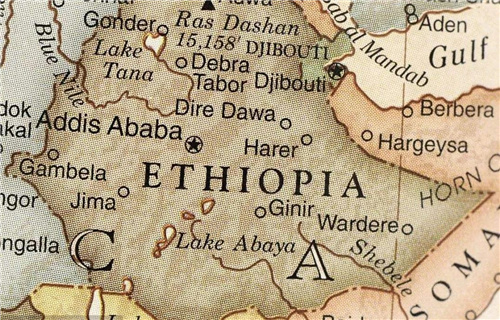
Many people don't know the difference between Sidamo coffee beans and Yegashifi coffee beans, so Qianjie today will talk to you about the differences between Sidamo coffee beans and Yegashifi coffee beans.
In front of the street, let's introduce the coffee beans in the Sidamo area. The two most famous coffee producing areas in Sidamo are GUji and West Arsi. Most of the coffee beans in Sidamo area are treated by sun treatment, so the coffee beans in Sidamo area have a strong fruity aroma and smooth taste.
This year, Qianjie put on shelves a coffee bean from the Uraga production area of Gujizi, which won the champion of the washing group in the TOH competition. TOH raw bean competition is the most important raw bean competition of African coffee every year, which is called "East Africa Harvest season Flavor Competition". Qianjie immediately baked the champion beans of the Ethiopian TOH washing group.
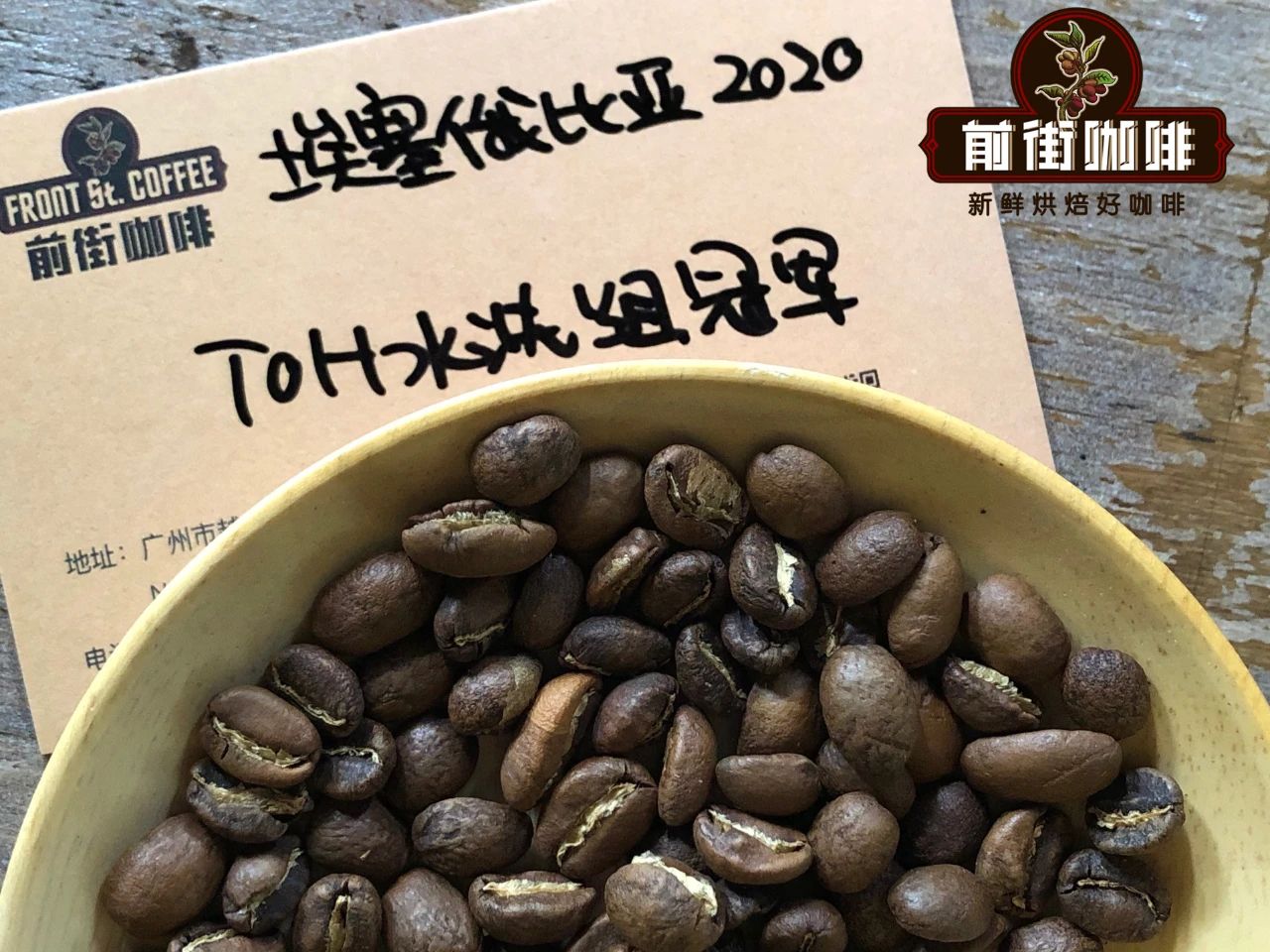
After the baking was completed, Qianjie entered the cup testing stage at the first time. The barista in front street uses the 200ml standard cup to test the bowl. The pass rate of the standard sieve 20 is 70% Mel 75%, the powder quantity is 11.1g, and the water temperature is 94 degrees Celsius. First grind and smell the dry fragrance, the dry fragrance of the champion beans in the Ethiopian TOH washing group has a very strong floral aroma, and then fill the bowl with water to confirm that its wet fragrance is the fragrance of citrus, similar to that of coffee beans in Yega Sheffei. Four minutes later, the residue was broken and the flavor was identified. The cup test results from Qianjie showed that the overall flavor of the champion bean in the Ethiopian TOH washing group was jasmine, lemon, berry, grapefruit, honey and green tea.
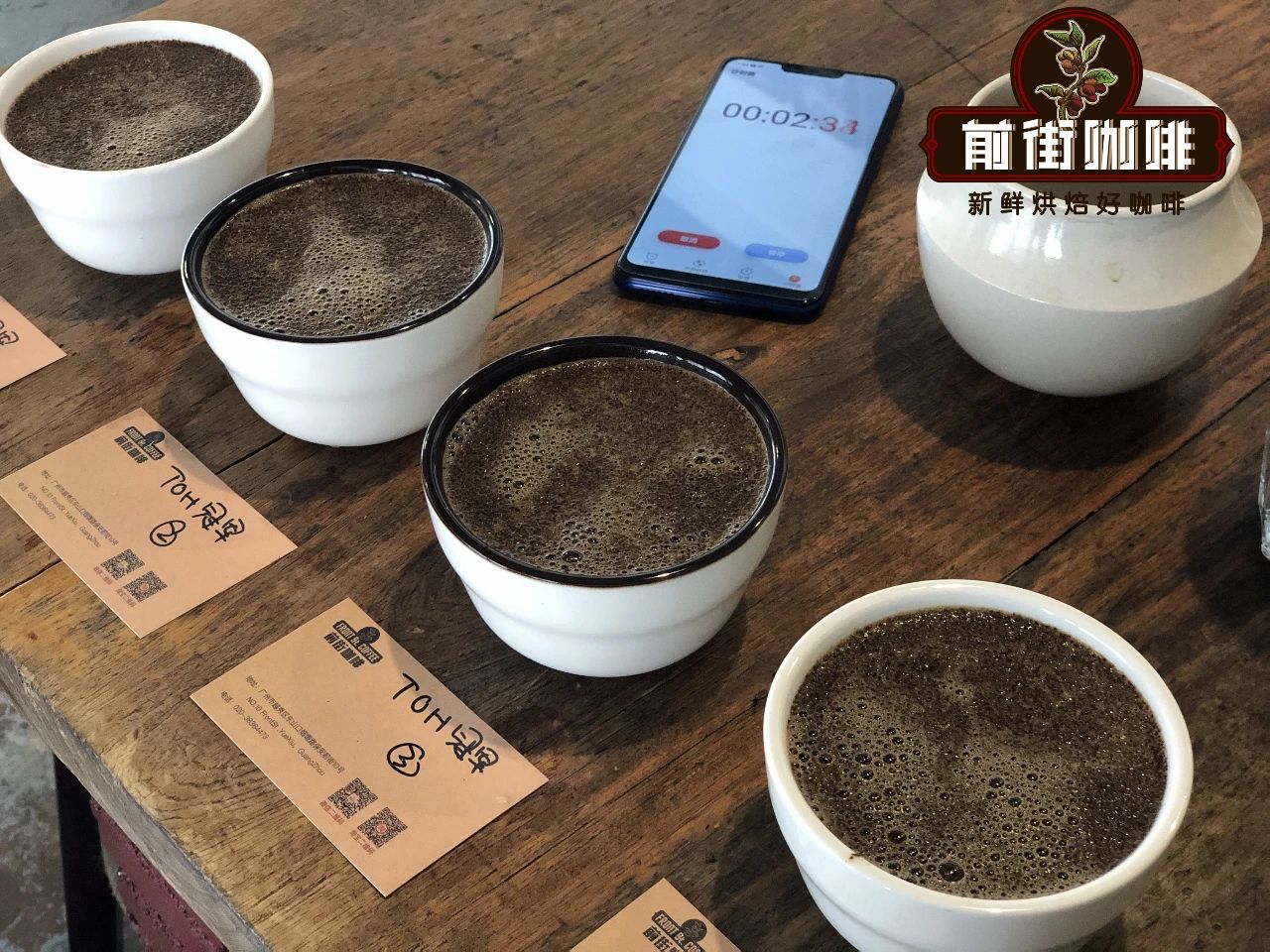
Then, after the front street cup test is completed, the champion beans of the Esser TOH washing group from the Guji area of Sidamo are washed and boiled, first moistening the filter paper and preheating the filter cup as well as the coffee pot. Steam with 30 grams of water for 30 seconds, small water flow around the circle to 125 grams for stages, water level drop is about to expose the powder bed, continue to inject water to 225 grams to stop water injection, and so the water level drop is about to expose the powder bed to remove the filter cup, (steaming starts timing) the extraction time is 2 minutes 39 percent 05 ".
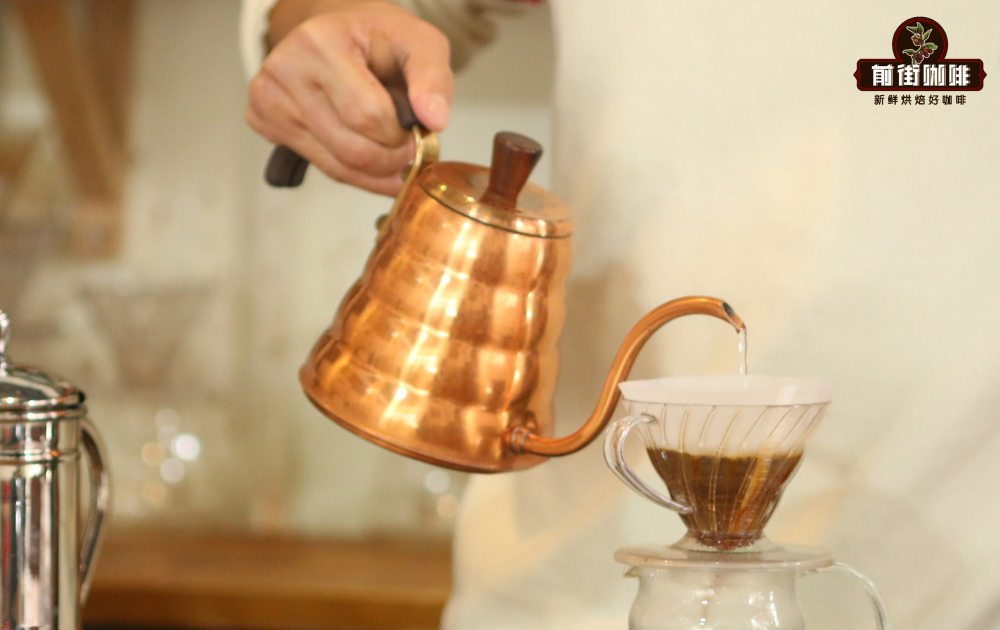
This coffee bean from the Sidamo region has citrus acidity, jasmine aroma in the front, grapefruit tea in the middle and honey finish. The water washing method of this bean highlights the acidity of coffee beans in Wulaga area, and the overall feeling is inclined to the floral aroma and citrus acid characteristics of coffee beans in Yega Xuefei area.
On the other hand, the washing treatment of this Sidamo coffee bean will be more stringent than that in the Yegashifi producing area, so Qianjie believes that if a coffee bean is to win the championship, it must make efforts in the coffee processing process, and every coffee processing and screening process should be strict. For example, the champion bean of the TOH washing group picks fully ripe coffee fruits by hand and carries out the washing process after careful selection. Put the screened coffee fruit into a peeling machine and initially remove its skin and pulp; put the coffee beans with residual pectin into water and let them ferment for about 18-36 hours; after fermentation, wash the raw coffee beans with parchment in a flow tank to remove their pulp and pectin; dry the coffee beans after cleaning or dry them with the help of a dryer to reduce the moisture content to about 12%. Finally, remove the parchment of raw coffee beans.
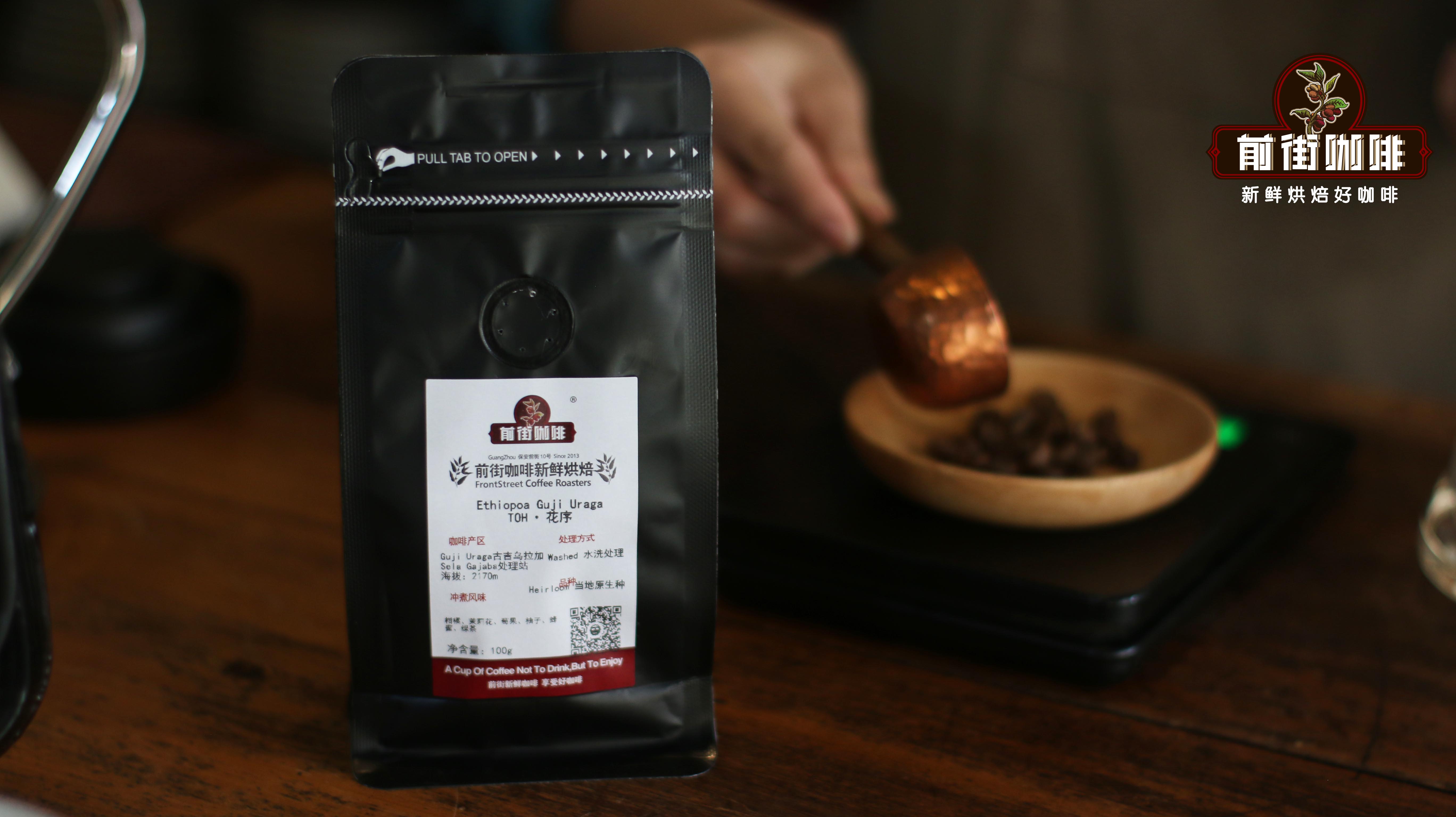
Of course, Yega Xuefei, as an old production area of Ethiopia, also has very high quality coffee. Coffee beans produced in Yejasuefei are very popular in boutique coffee shops, whether they are washed or tanned. For example, the hit rates of washed beans and red cherries in the former street area are very high, and the lemon and citrus flavors in Yejasuefei have always been loved by coffee lovers who love the sour taste.
The coffee flavor in Yejasuefei production area more refers to washed coffee beans, because there are too many wild coffee varieties in Ethiopia, which is difficult to classify, and the Ethiopian government is reluctant to disclose information about coffee varieties because of the protection of wild coffee trees. therefore, the local coffee tree species are mixed, and the mixed species lead to different sizes of coffee fruits, which also brings difficulties to roasting coffee beans. Therefore, Qianjie uses light roasting to highlight the bright acidity and fruit acidity of Essex coffee beans from other producing areas when roasting this coffee bean from the Gottinga Cooperative.
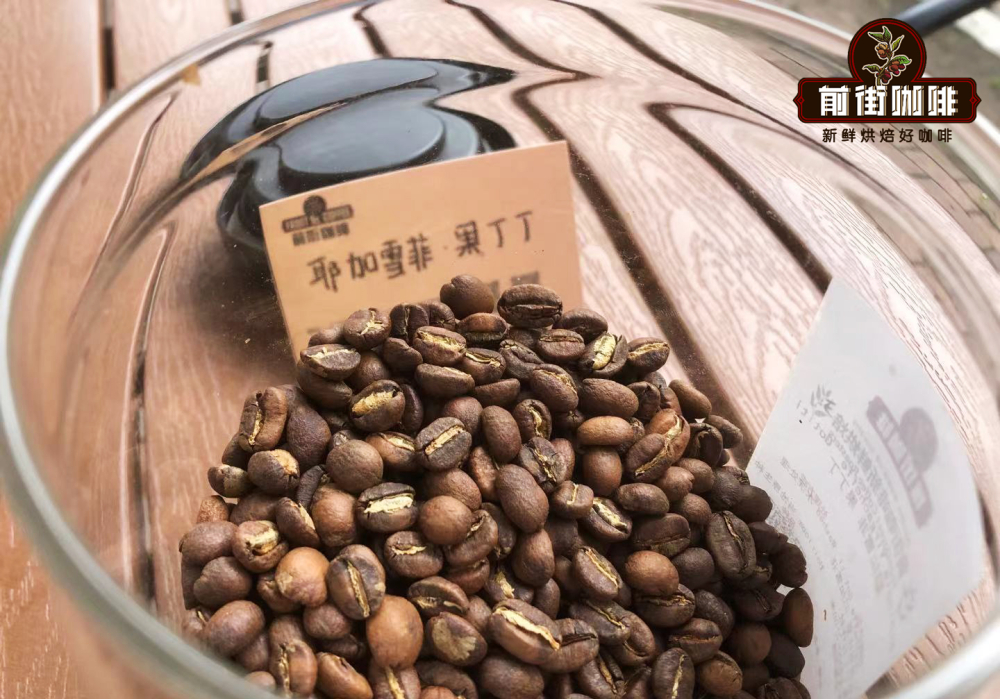
The front street tested the washed beans in the Yega Sheffield area. After grinding 11.3 grams of coffee beans into powder, the dry aroma smelled exudes fresh passion fruit acidity, citrus and berry acidity. Wet aroma is the acidity of citrus, berries, imported citrus, sweet berries, almonds, tea, with honey sweetness in the finish. Alcohol thickness is low, acidity is bright, clean and refreshing.
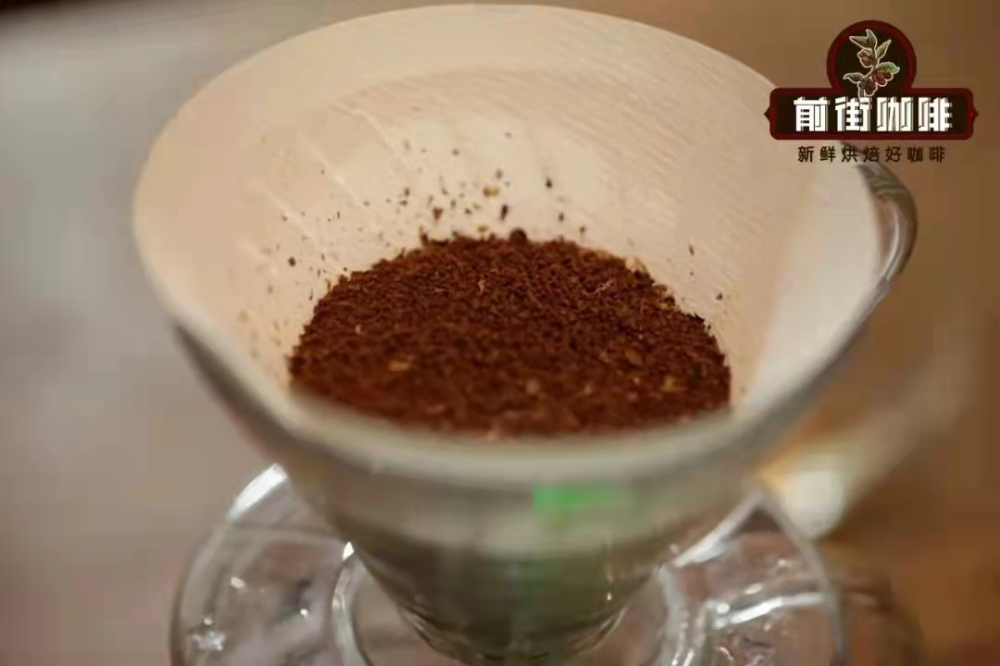
The cooking parameters are as follows:
Filter cup: V60 # 01
Water temperature: 90-91 degrees
Powder content: 15g
Ratio of powder to water: 1:15
Degree of grinding: BG6m/ fine sugar size (20 sieve bowl sieve powder to 80%)
The first stage of Qianjie is generally boiled with 30 grams of water for 30 seconds, then 95 grams (the electronic scale shows about 125 grams), and the injection is completed in about 1 minute. When the water level drops to 2 grams in the powder layer, the remaining 100 grams are injected into 3 places (about 225 grams shown by the electronic scale), about 1 minute and 35 seconds. 2: 10 "trickling is completed, remove the filter cup and complete the extraction. The entrance of the brewed Fruit Ding Coffee is citrus and black tea. With the change of temperature, cream, caramel and almond aftertaste are obvious and taste clean and sweet.
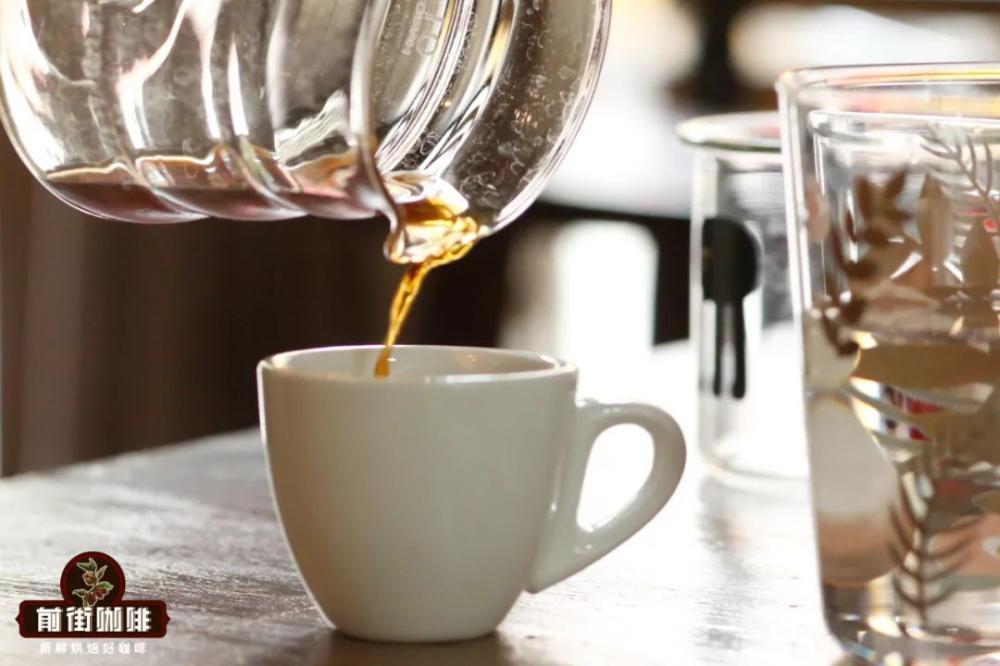
Therefore, through the cup test and brewing of Sidamo Coffee and Yega Chuefei Coffee in Qianjie Street, it is agreed that Yejassefi has a prominent jasmine aroma in aroma and citrus acid in flavor. Sidamo has a tropical fruit flavor in flavor.
For more boutique coffee beans, please add private Qianjie coffee on Wechat. WeChat account: kaixinguoguo0925
Important Notice :
前街咖啡 FrontStreet Coffee has moved to new addredd:
FrontStreet Coffee Address: 315,Donghua East Road,GuangZhou
Tel:020 38364473
- Prev
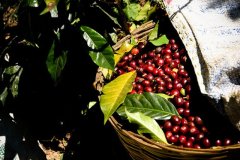
Costa Rican washed Tarazhu Coffee Bean characteristics Story of Kaddura Coffee Variety hand-flushing parameters
Costa Rican Tara bead hand flushing parameters suggest that Costa Rican coffee has always been regarded as the perfect type of classic flavor. Balanced, clean and mild is its tone. It has always been famous for its well-balanced, clean, clear, berry-flavored fruit. One of the most famous and largest growing areas is Tarrazu, which has the highest latitude and climate and soil conditions.
- Next

What kind of coffee beans and lemon cold-extracted coffee are used in Starbucks cold-extracted iced coffee?
Professional coffee knowledge exchange more coffee bean information Please follow the coffee workshop (Wechat official account cafe_style) the arrival of summer is so fast that people are caught off guard. Among the many summer iced coffee, cold coffee has never dimmed its charm since its birth. What is cold coffee? Cold extract coffee, English name
Related
- Detailed explanation of Jadeite planting Land in Panamanian Jadeite Manor introduction to the grading system of Jadeite competitive bidding, Red bid, Green bid and Rose Summer
- Story of Coffee planting in Brenka region of Costa Rica Stonehenge Manor anaerobic heavy honey treatment of flavor mouth
- What's on the barrel of Blue Mountain Coffee beans?
- Can American coffee also pull flowers? How to use hot American style to pull out a good-looking pattern?
- Can you make a cold extract with coffee beans? What is the right proportion for cold-extracted coffee formula?
- Indonesian PWN Gold Mandrine Coffee Origin Features Flavor How to Chong? Mandolin coffee is American.
- A brief introduction to the flavor characteristics of Brazilian yellow bourbon coffee beans
- What is the effect of different water quality on the flavor of cold-extracted coffee? What kind of water is best for brewing coffee?
- Why do you think of Rose Summer whenever you mention Panamanian coffee?
- Introduction to the characteristics of authentic blue mountain coffee bean producing areas? What is the CIB Coffee Authority in Jamaica?

